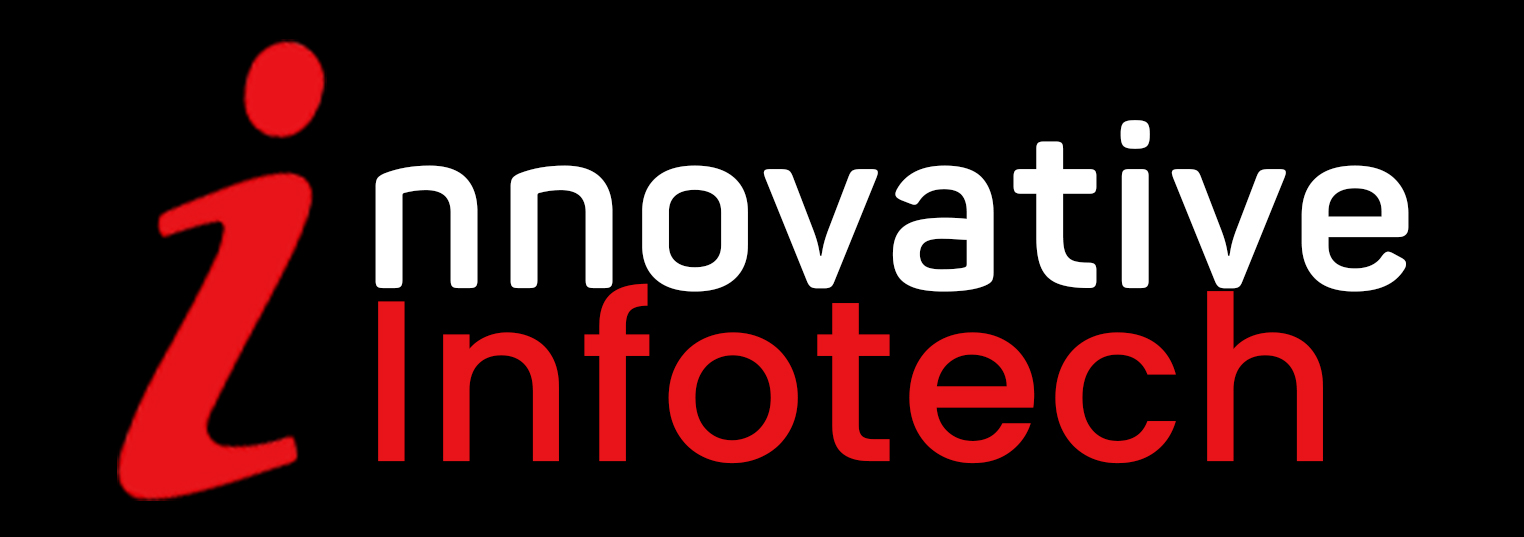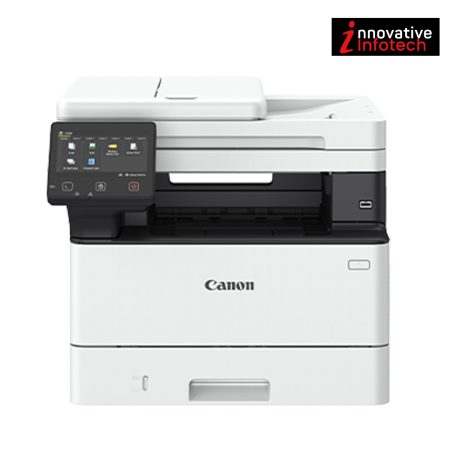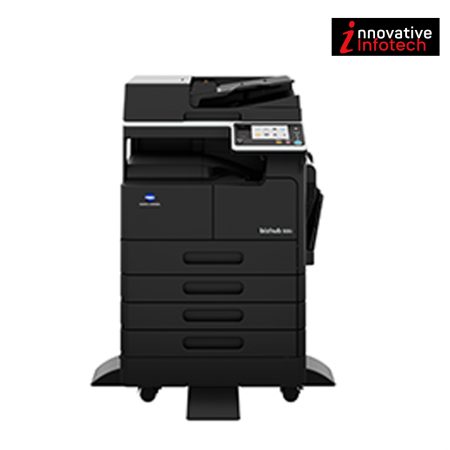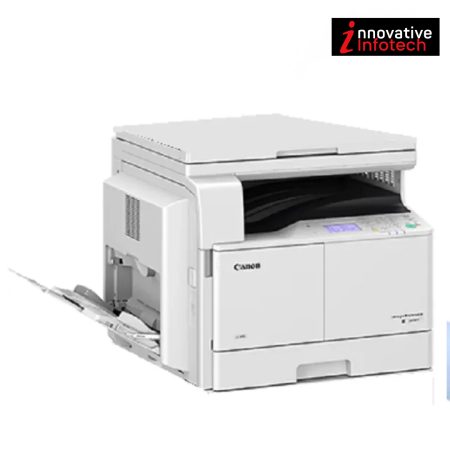The Future of Technology: Trends to Watch in 2025
Technology is evolving faster than ever before. Every year brings innovations that change the way we live, work, and connect. For businesses and individuals alike, staying updated with these advancements is no longer optional — it’s a necessity.
As we step into 2025, several emerging technologies are set to transform industries, redefine convenience, and open up new opportunities. At Innovative Infotech, we believe in being ahead of the curve and ensuring our customers stay informed. Here are the top technology trends to watch this year:
- Artificial Intelligence Becomes Mainstream
Artificial Intelligence (AI) is no longer limited to futuristic movies or research labs. In 2025, AI is seamlessly integrated into our daily lives. From smart assistants that help us manage tasks to AI-driven chatbots revolutionizing customer support, the technology is everywhere.
Businesses are using AI for data analysis, market predictions, and process automation. Even small businesses can now access affordable AI tools to improve decision-making and efficiency.
👉 What this means for you: Expect smarter apps, personalized recommendations, and faster services as companies embrace AI-driven solutions.
- The Rise of 5G and Beyond
5G networks rolled out in 2023–24, but in 2025, they’re set to reach full potential. Ultra-fast internet speeds, near-zero latency, and stronger connectivity are opening the doors to innovations like self-driving cars, AR/VR-based experiences, and real-time collaboration across the globe.
Some countries are already experimenting with early versions of 6G — promising speeds up to 10 times faster than 5G.
👉 What this means for you: Better streaming, smoother video calls, and faster downloads. For businesses, it means real-time communication and cloud-based operations without lag.
- Cybersecurity Becomes a Top Priority
With digital adoption rising, cyberattacks are also growing. Data breaches, ransomware, and phishing scams are becoming more sophisticated. By 2025, cybersecurity is not just an IT concern — it’s a business survival requirement.
Companies are investing in advanced encryption, multi-factor authentication, and AI-based threat detection. For individuals, protecting personal devices and data has never been more important.
👉 What this means for you: Stronger security features on your devices and apps. But also, a responsibility to stay alert and practice safe online habits.
- Augmented & Virtual Reality (AR/VR) Go Mainstream
Remember when AR and VR were only for gamers? Not anymore. By 2025, these technologies are shaping industries from healthcare to real estate. Doctors are using VR for surgeries, educators are using AR for immersive learning, and businesses are creating virtual showrooms for customers.
Even social media platforms are integrating AR filters, 3D avatars, and virtual meeting rooms.
👉 What this means for you: Expect to see more immersive shopping, learning, and entertainment experiences right from your devices.
- Smart Homes and IoT Devices Everywhere
Smart speakers, connected appliances, and IoT-enabled gadgets are becoming household essentials. In 2025, the Internet of Things (IoT) extends beyond homes — into offices, factories, and even public infrastructure.
Smart cities are adopting IoT sensors for traffic management, pollution monitoring, and public safety.
👉 What this means for you: Daily life gets more convenient — but also more connected. You’ll be able to control almost everything, from your lights to your fridge, using your smartphone.
- Green Tech and Sustainable Innovation
Sustainability is no longer a trend — it’s a global priority. From electric vehicles and solar energy to eco-friendly gadgets, technology is driving the green revolution. In 2025, businesses that adopt eco-conscious technologies will have a competitive edge.
👉 What this means for you: Expect to see more affordable green options, like solar-powered devices, energy-efficient appliances, and EV infrastructure.
- Remote Work Evolves with Hybrid Models
The pandemic accelerated remote work, and in 2025, hybrid work is the new normal. Companies are adopting cloud tools, virtual offices, and AI-driven collaboration platforms to support a distributed workforce.
👉 What this means for you: More flexible work opportunities and the need to stay equipped with the latest productivity tools.
Conclusion
Technology in 2025 is about connection, convenience, and consciousness. From AI to sustainable tech, these trends will shape how we work, shop, learn, and live. At Innovative Infotech, we are committed to bringing you the latest technology and keeping you informed about the future.
As the world changes, one thing remains constant: innovation drives progress. By embracing these trends, you’ll not only stay updated — you’ll stay ahead.









